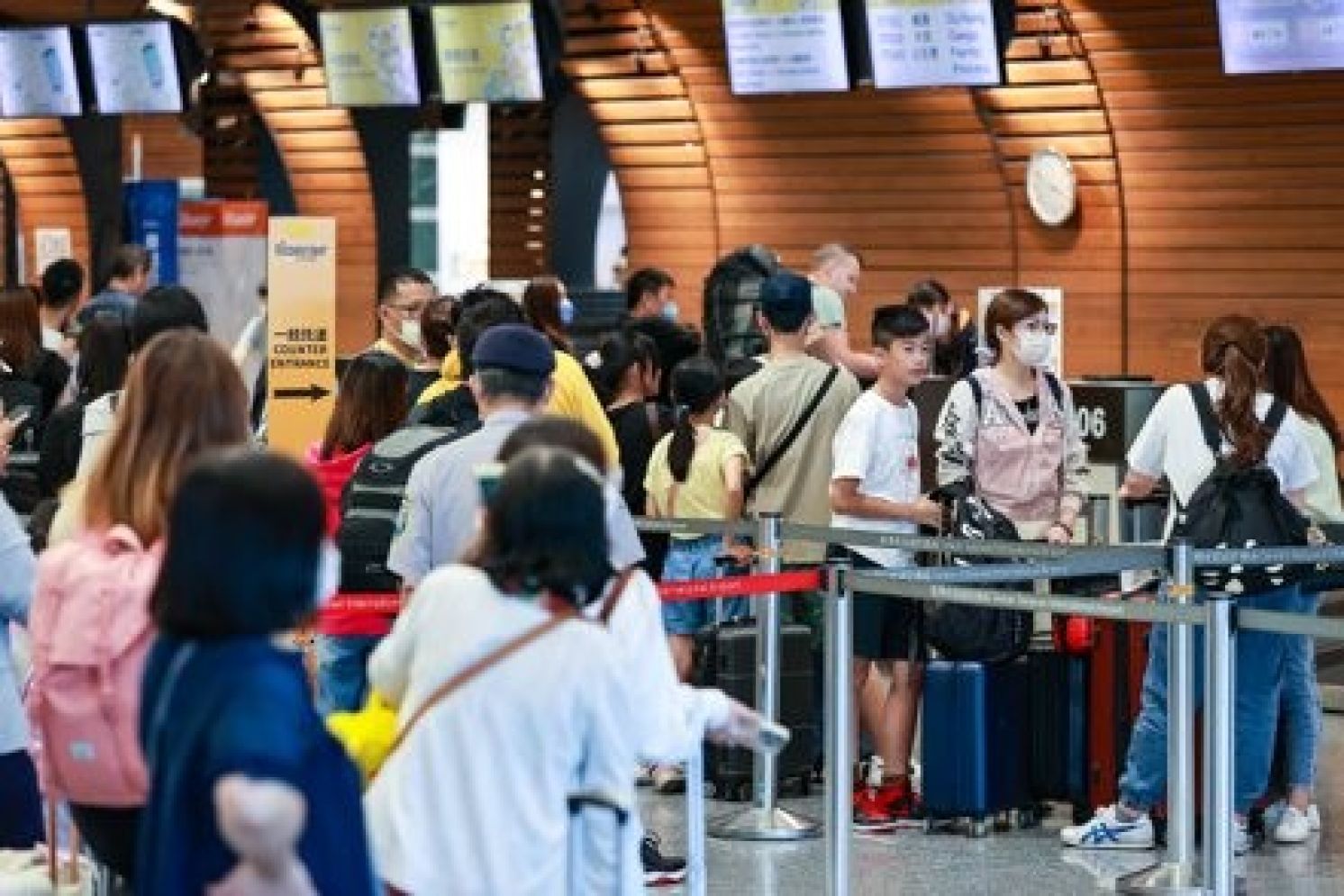
China Unveils New Cross-Strait Tourism Plan to Test Waters
United Daily News Editorial, April 29, 2024
Seventeen Kuomintang (KMT) legislators visited Beijing after former President Ma Ying-jeou’s meeting with Chinese President Xi Jinping, prompting an unusual show of goodwill from mainland China, which announced the opening of travel for Fujian residents to Matsu. This move, coupled with subsequent plans, indicates that the mainland has prepared a "roadmap" for resuming cross-strait tourism. In response, Taiwan's Mainland Affairs Council (MAC) tentatively extended an olive branch yesterday. The ultimate response from the Democratic Progressive Party (DPP) government remains to be seen, drawing attention from various quarters.
The first step in mainland China's cross-strait tourism roadmap is to allow residents of Fujian Province to visit Matsu. While this step may seem small and Matsu's tourism capacity is close to saturation with visitors from Taiwan proper, it marks the first concrete measure by mainland authorities to open travel to Taiwan residents since the pandemic. This move, while extending an olive branch, is also a test of the waters.
The second step awaits the resumption of direct sea transport between Taiwan and Pingtan. Following this, further steps will include opening group tours from Fujian to Taiwan. As for the third step, allowing group or independent travel from other mainland Chinese provinces to Taiwan, it clearly depends on the stability of the first two steps and an assessment of Lai’s inaugural speech on May 20.
The arrangement by Beijing not only fulfills Xi’s commitment to "welcome more mainland Chinese to visit our treasured island," as well as the remarks by Director Song Tao of the Taiwan Affairs Office (TAO) of the mainland’s State Council on its "sincerity," but also, due to its phased implementation strategy, prevents the political risk of Taiwan rejecting its goodwill and "stepping into a void," demonstrating a cautious and step-by-step approach.
According to estimates, relevant operations in mainland China should have been launched around the time of the "Taiwan Work Conference" in February of this year, involving at least the TAO, the Ministry of Culture and Tourism, the Ministry of Transport, and the Civil Aviation Administration. The decision-making behind the overall strategy is evidently made by higher-level authorities beyond the departmental level.
As for the MAC’s statement yesterday, it apparently sees mainland China's announcement as a "response" to the plan formulated by the MAC in August last year. However, it also points out that the mainland has greatly narrowed the scope of opening and has made the resumption of the Pingtan route a condition. This implies a reluctance to actively engage with the mainland's goodwill, opting instead to extend an olive branch first. It is expected that after discussions today with the Ministry of Transportation and Communications, a decision will be made on how to respond.
The issue of restarting cross-strait tourism has been at a standstill since last year, with each side making different demands after calling out to the other. There has been no intersection, resembling two parallel lines in a multidimensional space. Coupled with domestic political maneuvering, the complexity far exceeds what outsiders might imagine. But ultimately, this is due to the lack of mutual trust between the two sides over the past eight years. Neither side is willing to take a step back, leading to today's impasse.
President-elect William Lai recently mentioned at a Democratic Progressive Party (DPP) Central Executive Committee meeting that the ruling parties on both sides of the Taiwan Strait should responsibly engage in constructive dialogue. He also called out to mainland China during the press conference announcing the appointments of the new administration’s national security chiefs, expressing the hope that "China will have confidence and be willing to face the democratically elected legitimate government entrusted by the Taiwanese people." Now, confronting a series of policy measures proposed by mainland authorities, including the Ministry of Culture and Tourism, the TAO, the Ministry of Transport, and even the General Administration of Customs, aimed at promoting the opening of cross-strait tourism and resuming the import of Taiwanese agricultural and fishery products, can the DPP administration also confidently face and respond to these overtures? Flexibility in policy implementation is crucial for revitalizing cross-strait civil exchanges, providing new avenues for livelihoods for operators, and shaping the future of cross-strait relations and the Taiwan Strait after May 20 for President Lai and the new cabinet.